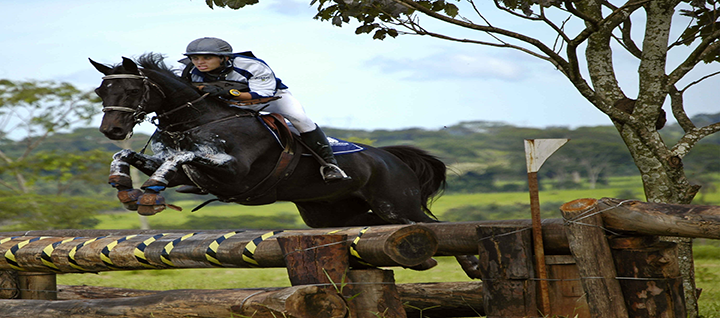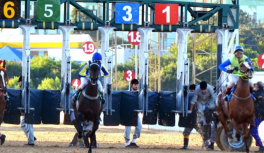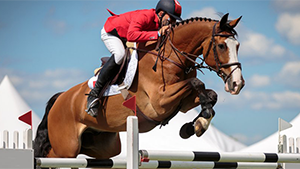
Eventing is the most difficult of the three Olympic equestrian disciplines. It is contested over three consecutive days, in which the rider must compete with the same horse, forming a single partnership.
Eventing requires the rider to have considerable experience in all three equestrian disciplines: Dressage, Cross-Country, and Show Jumping. It also demands a correct understanding of the horse’s capacity. From the horse, it requires a high degree of diverse ability, the result of intelligent and rational training.
Differences:
There is a great difference between a versatile horse—capable of competing in different Olympic disciplines—and a horse specialized in just one discipline.
There is no doubt that it is easier to train a specialized horse than a universal one. This is why combined training is difficult for all types. The transition from one phase of training to another must be as smooth as possible, in order to preserve the physical, mental, and emotional balance of both horse and rider throughout the competition.
Considerations:
- Time to train: It takes 3 to 4 years to properly prepare an Eventing horse.
- Breeds: European breeds are the best suited for this discipline. Among them, I would choose the Selle Français.
- Characteristics: The traits sought in an Eventing horse are different from those chosen for Show Jumping or Dressage.
- Lightness and harmony with good muscle mass for Dressage.
- Agility for Jumping.
- Tack: General-purpose saddle, snaffle or curb bit, bridle with martingale.
Overcoming obstacles is part of the natural behavior of wild horses when fleeing predators at the gallop. Domesticated horses, however, only jump under the rider’s command. Training a horse to compete for an audience is a long and complex process.
Article written by Deolir Dall’Onder for Revista Acontece Sul, Year XIV, Issue No. 147.


